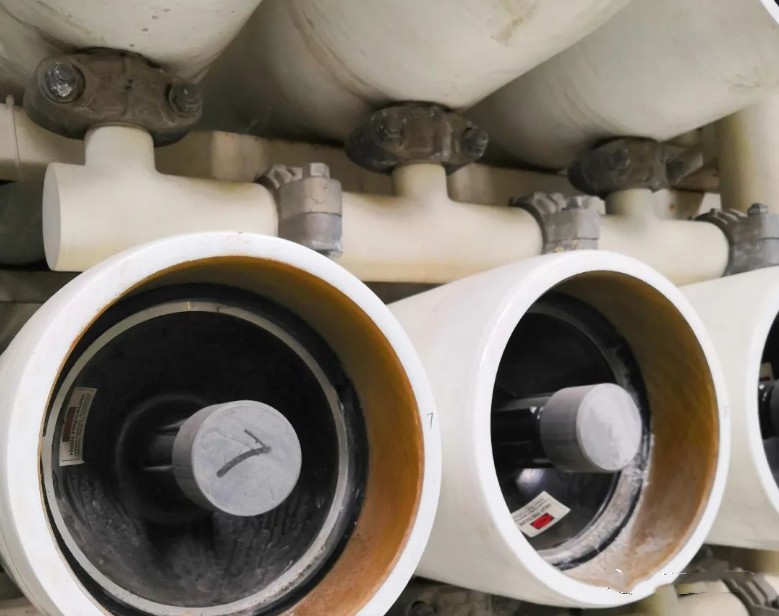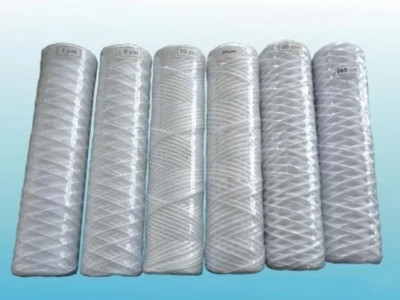High Pressure Pump Control
The high-pressure pump operation is regulated by setting pressure limit values at the inlet and outlet. The pump’s operation can be further adjusted using an inverter-driven high-pressure pump, which employs frequency modulation to control the pump’s state. To improve energy efficiency in desalination processes, an energy recovery device is integrated and its operations are also controlled via the PLC system.
Start and Stop Protocol of RO System
The RO device’s start and stop sequence is automated and monitored by the PLC system. The system coordinates the operation of metering pumps, high pressure pumps, and electrically actuated valves in synchrony with tank levels, flow rates, and pressure. This automation enhances the efficiency and reliability of the RO system.
Low-Pressure Flushing of the RO Device
The PLC system automates the shutdown protocol by controlling the flushing valve and pump, initiating a low-pressure flush on the membrane surface. This step helps in maintaining membrane integrity and prolonging the lifespan of the RO device.
Monitoring and Alarm System for Operating Parameters
The PLC system also serves as an automatic monitor for the operation of high-pressure pumps, metering pumps, and electric valves. In case of any operational malfunction, the system outputs an alarm signal. It continuously monitors parameters such as temperature, flow rate, pressure, liquid level, conductivity, redox potential, and pH, issuing an alarm when any abnormal operating conditions are detected. The PLC system thus dynamically determines the operating state of the RO device based on real-time conditions.
Automatic Control and Adjustment of Chemical Dosing
The PLC system enables automatic regulation of various chemical doses. This adjustment is based on the 4-20mA signal or pulse signal output from devices measuring parameters such as flow, pH, and redox potential. Through such real-time adjustments, the PLC ensures the effectiveness of the RO system while reducing the likelihood of chemical wastage.






